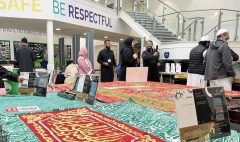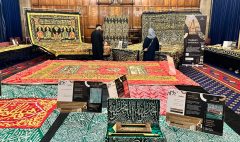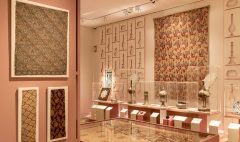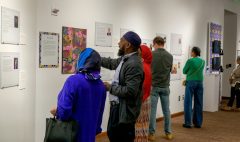Wien Museum reveals Islamic influences in Vienna’s history
August 29, 2024 2024-08-31 1:12Wien Museum reveals Islamic influences in Vienna’s history

Wien Museum reveals Islamic influences in Vienna’s history
In a new Summer Academy entitled “Islamic Heritage in Vienna”, the Wien Museum is focusing on the city’s often overlooked but significant Islamic heritage. The three-part event aims to show that ‘Islam has been part of Vienna’s history for centuries’.
Starting on Thursday, August 22, the Wien Museum has begun a three-part Summer Academy dedicated to Islamic heritage in Austria’s capital Vienna, to shed light on how deeply Islam is interwoven into Vienna’s history – and not just through the historic sieges by the Ottomans.
In the first part of the academy, experts and interested participants will examine various objects that have been collected as a result of a long-standing fascination with the so-called “Orient”. The following event on August 29 will focus on the visible traces of Islamic heritage in Vienna’s public space. Finally, on September 5, the focus will be on the aesthetics of this heritage, in particular calligraphy and arabesques.
“Discussions about migration are intermingled with claims about its alleged alienation. Muslims are supposed to be completely different from ‘us,’” writes the museum in its announcement.
According to the exhibition organizers, however, there are countless traces of the Muslim presence in the city in the Wien Museum’s collection. “They shed new light on the relationship between Islam and Vienna,” the museum said.
The art historian Zeinab Abbas-Metwally-Abdelhamed, who is leading the Summer Academy along with Lukas Sperlich, mentioned that the Wien Museum owns Ottoman objects from the 17th to 19th centuries. “It is not actually known how the objects first came to the Burgerliches Zeughaus and later to the museum,” Abdelhamed explained. She suggested that they could also have been “trade goods and gifts. In this case, the objects would have much more to do with diplomatic and economic relations and the fascination of the ‘Orient’ than with the war.”
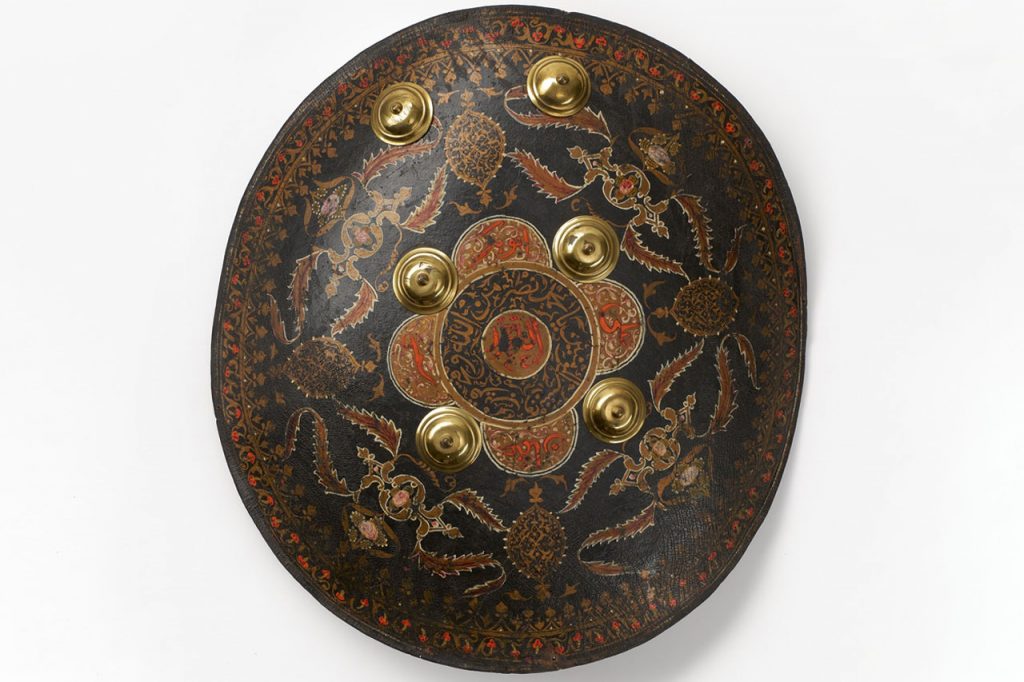
Abdelhamed highlighted that among the Ottoman objects are mainly weapons such as bows, sabers, rifles, spears, shields, and everyday items like lanterns or incense burners. She pointed out that the most valuable object in the museum is an Ottoman map of the Second Ottoman Siege of 1683. While there are comparable objects in other collections, she emphasized, “This object is truly unique.”
Interest in the Summer Academy has been “huge,” according to Abdelhamed. “A large number of people have registered. In addition, our unique Islamic heritage tour attracted considerable interest and participation,” she noted.
Source: Anadolu Agency (AA)


